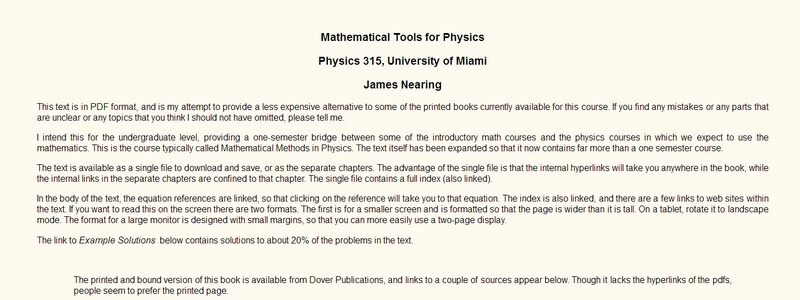When you’ve finished a problem and your answer agrees with the back of the book or with your friends or even a teacher, you’re not done. The way to get an intuitive understanding of the mathematics and of the physics is to analyze your solution thoroughly. Does it make sense? There are almost always several parameters that enter the problem, so what happens to your solution when you push these parameters to their limits? In a mechanics problem, what if one mass is much larger than another? Does your solution do the right thing? In electromagnetism, if you make a couple of parameters equal to each other does it reduce everything to a simple, special case? When you’re doing a surface integral should the answer be positive or negative and does your answer agree?
When you address these questions to every problem you ever solve, you do several things. First, you’ll find your own mistakes before someone else does. Second, you acquire an intuition about how the equations ought to behave and how the world that they describe ought to behave. Third, It makes all your later efforts easier because you will then have some clue about why the equations work the way they do. It reifies the algebra.
Does it take extra time? Of course. It will however be some of the most valuable extra time you can spend.
There is enough here to select from if this is a course text, but if you are reading it on your own then you can move through it as you please, though you will find that the first five chapters are used more in the later parts than are chapters six and seven. Chapters 8, 9, and 13 form a sort of package. I’ve tried to use examples that are not all repetitions of the ones in traditional physics texts but that do provide practice in the same tools that you need in that context.





